The Steve Jobs Way. iLeadership for a New Generation
Jay Elliot served as the senior vice president of Apple; he worked side by side with Steve Jobs which helps him to bring us a deep insider perspective of Steve’s Singular ileadership style which encompasses for major principles which are the product, talent organization, and marketing. There is no doubt that Steve jobs reign supreme in this four domains. Jay Elliot described Steve Jobs success in details. The more he advanced, the simpler his product became. In some instances, it’s less about the product and more about the user. Every user wants to be successful. When you know how to operate something masterfully, how does it make you feel? More people will buy if customers feel good using your product.”
The Steve Jobs Way describes Jobs as a person who strives to improve the user experience. The vision drove him in every of his creation and Wozniak during their cooperating time. Jobs believe there is nothing cooler in the world than creating a product that millions of people immediately want and many who don’t have are envious of those who do. He has the ability to create a consistent, positive product image in the mind of his customers. Jobs combines stick-to-itiveness with an intuitive sense of exactly what it takes to get the public enthralled with a product. This is because he understands that it isn’t a question of how well the product is designed and how smoothly it works (although they are critical factors) but of how it is perceived by the user which of course, is the key to product success.
The Steve Jobs Way points out that Jobs regularly spoke about the power of synergy and trust. Sometimes even during the development process in the company, Jobs referred to his Mac engineers as his most trusted associates. Each employee was provided with a T-shirt with Jobs single quote” pirates! Not the navy.”
The Steve Jobs Way also portray Steve Jobs as a man of principle. He is regularly guided by them. “If you are not satisfied with no for an answer, your engineers will have no other option than to deliver you the technology product that you require.” Jobs seek new opportunities; hire talented people and transfer, their reality in short time. He believes that a broad set of experiences expands our understanding of human experience. A broader understanding leads to breakthroughs that others may have missed. Breakthrough innovation requires creativity and creativity requires that you think differently about the way you think. You can have most innovative ideas in the world, but if you can’t get people excited about it, it does not matter. His model of business is The Beatles. “They were four guys who kept each other’s kind of negative tendencies in check. They balanced each other, and the total was greater than the sum of the parts. That’s how I see business; great things in business are never done by one person, they’re done by a team of people” Steve said.
In The Steve Jobs Way, Jay Elliot shares the lessons that come out of Steve’s Intuitive approach to show how the creative and technologically brilliance of ileadership can be utilized to drive breakthrough in any organization irrespective of size.
THE BIG THREE – KEYPOINTS
Key point #1: Innovation takes confidence, boldness, craziness, and discipline to tune out the negative voices.
Key point #2: You have to focus on improving user’s experience rather than the product design.
Key point #3: Work through your people and celebrate as a unit with every success.
One Last Thing
“My job is not to be easy on people. My job is to make them better.”
